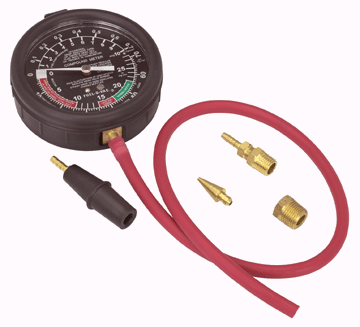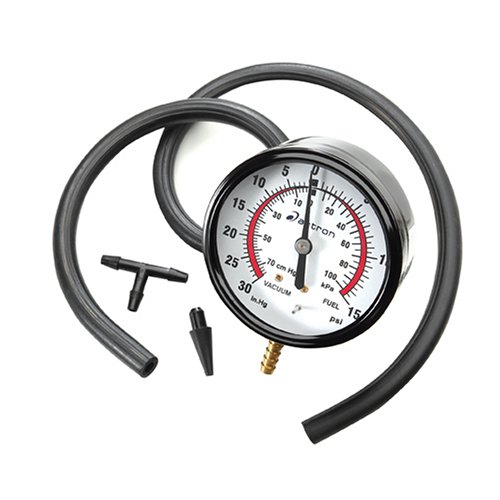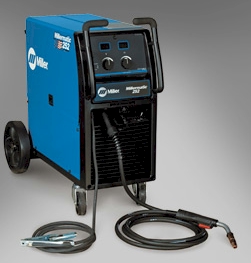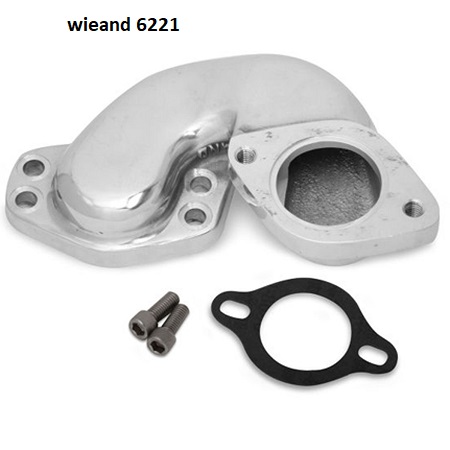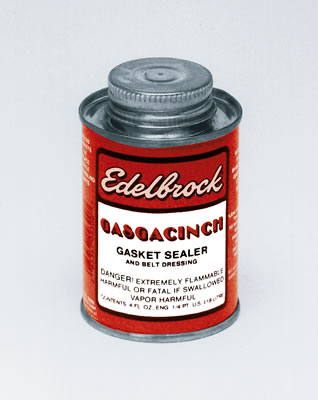Nothing new to report. I assume Travis is making progress as steadily as time allows. I'm constantly reading and looking for any new information that may challenge my own ideas. I came across a good article the other day in Super Chevy detailing installation of a Holley Stealth Ram on a massaged 350 in an 86 IROC. It was interesting to me for one because it deals with installation of the tunnel ram intake in my car's underhood. They ran into the same clearance issues most do with the HSR in a 3rd gen F-body. The same issues I would have had installing the XT as shipped from Edelbrock. I'm still not finished verifying clearances and making the final decision on plenum height for this redesign. I'll get there soon. Also interesting were the performance numbers for the car before and after the install. Before, the car's numbers pretty much mirrored my own car's performance in the 1/4 mile. 12.9-13.0 seconds ET is right about where I was heading with my TPI. I have a larger cam and probably better flowing heads, though both of these things are choked way down by the TPI. I also have larger runner csa in the Superram base than they probably achieved in their ported stock base. Again, larger flow capacity in any part of the TPI is of limited value given the 22" runner length. While I was able to shift the under the curve torque maybe 500rpm from what they may have had, the motor still drops hard above 5K.
The car in the article has runners that, while they may not have the CSA of my large tubes, are length optimized. It has twisted wegde G1 heads and smaller cam are in fact a better match for the TPI. It also has ET drag radials while mine wore the same BF Goodrich TA Comp 2s it always wears when I ran it down the strip. In any case, the two motors, mine and the one in the article started out pretty even. After the HSR install, and a dyno tune that was limited to adjusting base timing and fuel pressure since they were using a factory ECM and PROM, the article car ran 12.3 second ET. They determined also that after installing a new PROM, written to better compliment the engine, performance improved even more and would likely result in lower ET yet.
This gives me some indication of what to expect from my XT install, since the HSR and my ported XT should produce fairly similar results. Also interesting was their dyno results, which indicated about 420 flywheel HP(330 at the tires). More interesting yet was that they did this with 24lb injectors. In fact, after viewing O2 sensor data, the dyno tuner reduced fuel pressure to 38psi and got more power from the motor.
I may get a touch more out of my larger cam and heads, but maybe not alot more. I chose 35lb/hr units with plans to run minimum pressure of 43.5psi to support 450hp. If my motor ends up closer to 420hp, the 35s will be too much injector. I have always leaned toward smaller nozzles, higher pressure for better atomization. Having to drop pressure below 40psi trying to make too large injectors not overfuel the motor would be counter productive. I also verified with Edelbrock tech that the PICO injectors are stable up to 90psi. Which means that they are safe up to at least 70psi. This allows quite a bit of upward flow rate adjustment by increasing pressure. More pressure also makes smaller droplets which is a good thing. This new informatio has led me to decide to send back the 35lb injectors in exchange for 29lb. The 29 lb units will allow plenty of adjustment up to about 470hp which I'm sure I won't acheive with this 355 build. Later on, when I do build a larger motor, I'll go with larger nozzles to fit that build, rather than trying to play around using one size nozzle to fit two very different engines.

